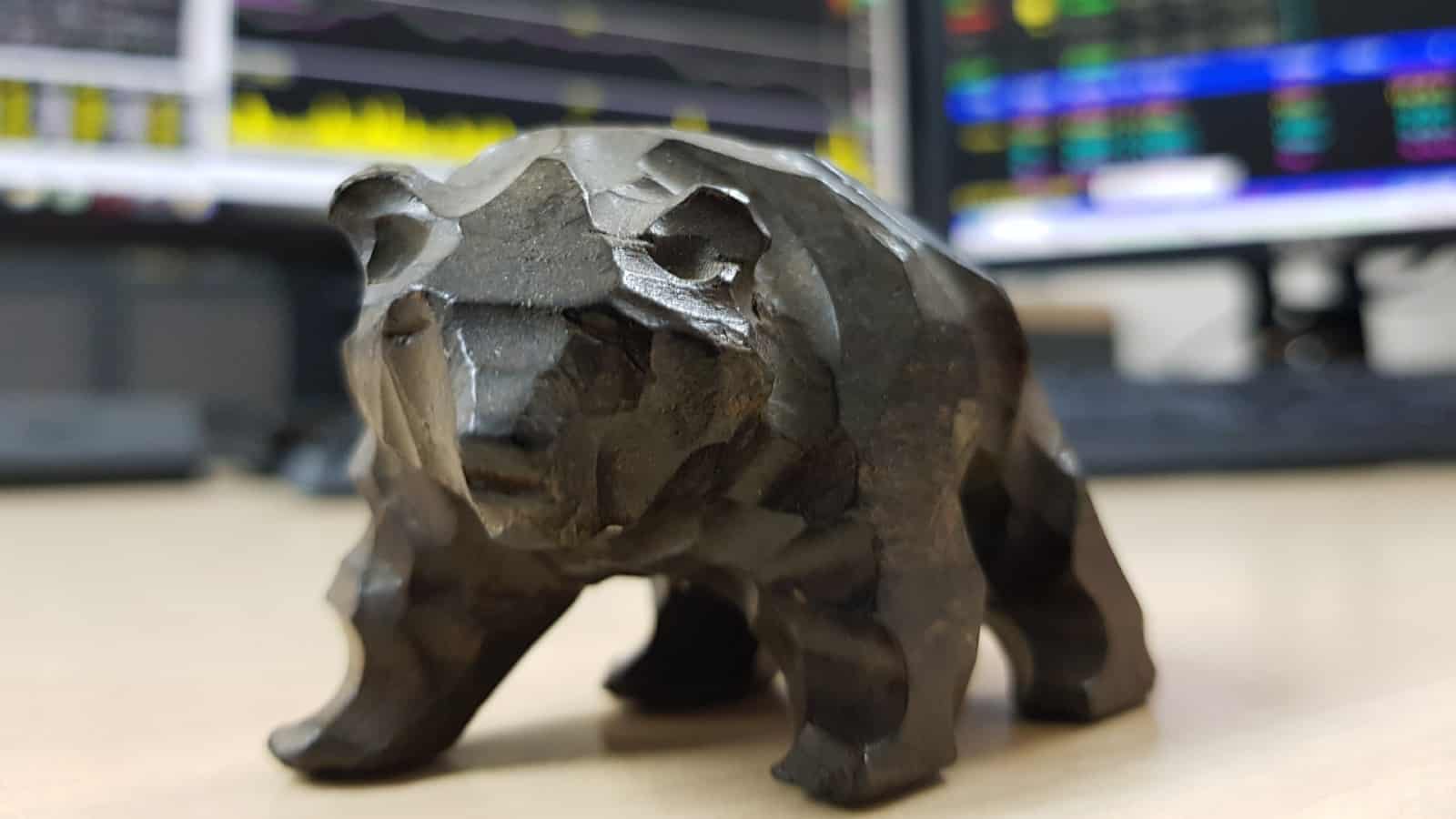A couple of company announcements on Friday caught my eye.
Retailer WH Smith (LSE: SMWH) posted a commonplace ‘Trading Statement’. Over-50s travel and insurance specialist Saga (LSE: SAGA) issued a more intriguingly titled ‘Response to Media Coverage’.
The two firms’ share prices moved in opposite directions on the day, but their longer-term charts are remarkably similar. In particular, they’ve declined severely since making post-pandemic highs in the first half of 2021.
Should you invest £1,000 in London Stock Exchange right now?
When investing expert Mark Rogers has a stock tip, it can pay to listen. After all, the flagship Motley Fool Share Advisor newsletter he has run for nearly a decade has provided thousands of paying members with top stock recommendations from the UK and US markets. And right now, Mark thinks there are 6 standout stocks that investors should consider buying. Want to see if London Stock Exchange made the list?
Furthermore, they share this similarity with a number of other stocks whose businesses have a feature in common with them.
And I reckon digging into this bunch of unloved stocks could be a profitable exercise for value seekers.
Heavy fallers
Let me start by detailing just how out of favour WH Smith and Saga are.
Smith’s shares made a post-pandemic high of 2,016p in March 2021. They ended Friday 39% below that level at 1,224p. Over the same period, the FTSE 100 rose 13%, meaning WH Smith has underperformed the UK’s top index by 52%.
Saga’s performance has been worse still. Its shares made a post-pandemic high of 456p in June 2021. They closed on Friday at 156p — down 66%. And they’ve underperformed the Footsie by 74%, the index having moved 8% higher over the same timescale.
Growth
There were notable positives in both companies’ updates on Friday.
WH Smith reported a strong performance from its large travel division (74% of group revenue last year). The business enjoyed growth of 16%.
Management highlighted the opening of its largest UK travel store at Birmingham airport, the first of six stores at Budapest airport, and a strong airport store opening programme in North America where it has substantial growth opportunities.
More growth
Similarly, Saga said on Friday that it’s seeing exceptional demand for its boutique ocean cruises and that its ships are operating at close to capacity.
In a further update this week, it said it expects ocean cruise revenue growth for the year of around 30%. And across its entire cruise and travel division (55% of group revenue last year), it sees growth of 40%-45%.
High street and insurance
Of course, WH Smith and Saga both have businesses beside their travel divisions.
WH Smith’s high-street estate is ex-growth and is being tightly managed for its not unattractive cash-generating power. Meanwhile, Saga’s insurance division is currently challenged by a market-wide inflationary environment and declining policy volumes.
My first thought was that these parts of the two companies’ businesses must be holding back investor sentiment, despite the very strong growth in their larger travel divisions.
The market hates travel
And yet when I look at the stock charts of pure-play travel companies, they mirror the charts of WH Smith and Saga.
This is true of SSP Group, a leading operator of restaurants, bars and cafes in travel locations across 36 countries. It’s just released a strong trading update. Cruise ships giant Carnival is another. This one’s recently reported a year of record revenue.
And so it goes on with airlines and package holiday firms, including easyJet, International Consolidated Airlines, Jet2 and On The Beach Group.
It seems the market hates all things travel at the moment. And that could spell o-p-p-o-r-t-u-n-i-t-i-e-s for contrarian value investors.
Pick and choose carefully
I think investors need to pick and choose carefully. The profiles of risk and reward vary from company to company.
Debt is a risk I’m particularly wary about right now. The cost of borrowing was next to nothing for years, but interest rates are now much higher. This makes it more challenging for companies to refinance their borrowings and service their debt.
Which brings me back to Saga and WH Smith.
Uncomfortable versus manageable
Saga’s ‘Response to Media Coverage’ on Friday referred to a Sky News story. This claimed the board is exploring ways to release money from its ocean cruises operation to reduce the company’s large debt pile. It could involve “selling its two flagship vessels or offloading the entire business under a licensing arrangement.”
Saga confirmed it’s ‘exploring opportunities’ and that a ‘partnership arrangement’ is its current preference. There’s no certainty it’ll find a partner, but releasing cash from the cruise business — by one means or another — would certainly help lighten its crushing debt load.
In contrast, WH Smith’s borrowings look very manageable.
So, to reiterate, while I think there could well be opportunities among battered travel stocks, I also think investors need to carefully weigh different levels of risk and reward among the various companies.








